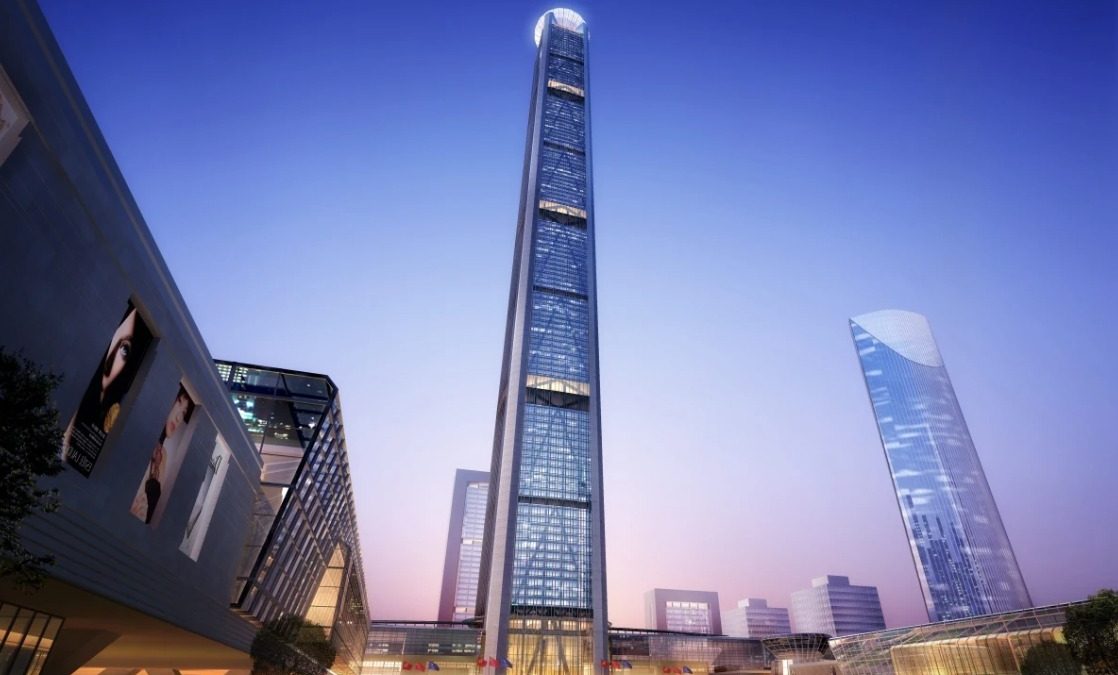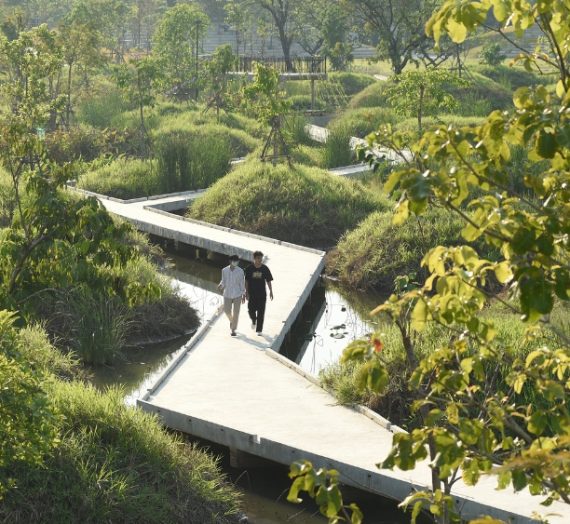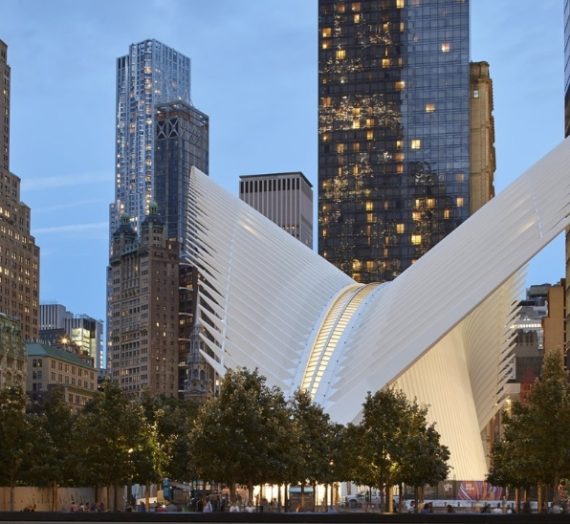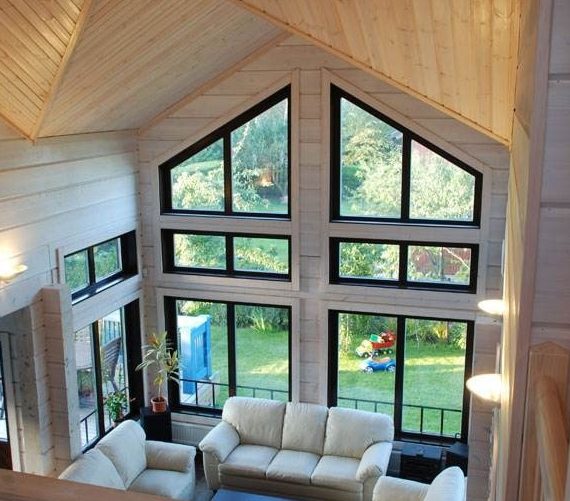Goldin Finance 117, also known as the China 117 Tower, stands as a towering testament to the heights of human ambition and architectural ingenuity—or so it was intended. Located in Tianjin, China, this supertall skyscraper was designed to be one of the most prominent architectural achievements of the 21st century, blending cutting-edge design with practical functionality. However, its journey from vision to reality has been fraught with challenges, delays, and controversies that cast a shadow over its lofty aspirations.
Architectural Design and Vision
Designed by P&T Group and developed by Goldin Properties, Goldin Finance 117 epitomizes modern elegance and structural precision… at least on paper. Its tapered silhouette, often likened to a diamond, was meant to embody aesthetic brilliance and aerodynamic efficiency. The tower’s design aimed to reflect luxury and sustainability, catering to a mix of commercial, residential, and hospitality functions. Yet, its unfulfilled promises leave room for skepticism.
1. Diamond-Inspired Façade
The most striking feature of Goldin Finance 117 is its diamond-shaped crown, symbolizing prosperity and prestige. Ironically, it now serves as a symbol of incomplete ambition, with the structure’s delayed progress undermining its intended grandeur. While this architectural element enhances visual appeal and houses mechanical equipment, its true brilliance remains largely theoretical.
2. Efficient Structural Systems
The tower’s structural framework relies on a high-performance core and an advanced braced tube system. This engineering marvel was designed to ensure stability against strong winds and seismic activity. Unfortunately, stability in construction timelines seems to have been less of a priority, as financial and logistical hurdles have repeatedly stalled progress.
Mixed-Use Functionality
Goldin Finance 117 was designed as a multi-use skyscraper, integrating various functions into a single vertical space. This approach aimed to maximize land efficiency and create a dynamic environment within the building. However, much of this vision remains unrealized.
- Office Spaces: Premium office spaces were promised in the lower and middle sections, but they currently sit as an unfulfilled dream.
- Luxury Hotel: A world-class hotel was intended to occupy the upper levels, offering unparalleled hospitality—except there’s no one to stay there.
- Observation Deck: The observation deck, designed to provide breathtaking views, now stands as an ironic perch from which to contemplate the perils of unchecked ambition.
Urban Impact
Goldin Finance 117 is more than a skyscraper; it was supposed to be a catalyst for urban transformation in Tianjin. Instead, it has become a cautionary tale of overreach in urban planning.
1. Economic Development
The skyscraper was meant to contribute to the region’s economic vitality by attracting global businesses and high-profile tenants. Instead, its delayed construction has left potential investors wary, creating economic ripples in the region.
2. Cultural Symbolism
As a landmark, Goldin Finance 117 was intended to embody the ambition and modernity of Tianjin. While its diamond-inspired design still resonates with traditional Chinese values of wealth and prosperity, its stalled progress has turned it into an inadvertent monument to unfulfilled promises.
Sustainability and Innovation
Sustainability was a core principle in the design of Goldin Finance 117. The building incorporates energy-efficient systems, such as advanced HVAC technologies, low-emissivity glass, and smart building controls. These features theoretically reduce the tower’s carbon footprint while ensuring a comfortable indoor environment. However, the environmental impact of prolonged construction and underutilization raises questions about the project’s real-world effectiveness.
Challenges and Controversies
The construction of Goldin Finance 117 has been marred by a litany of challenges:
- Financial Struggles: A major factor in the project’s delays has been funding issues, with Goldin Properties facing significant financial strain. The tower’s ambitious scale has proven to be an albatross rather than an asset.
- Construction Delays: Originally scheduled for completion years ago, the tower remains unfinished. This has not only frustrated stakeholders but also turned it into a visual reminder of unfulfilled dreams.
- Public Perception: What was once a symbol of progress has become a source of ridicule, with locals and critics alike referring to it as a “white elephant” that overshadows the city’s genuine needs.
A Beacon or a Blunder?
Goldin Finance 117 is not just a building; it is a lesson. Its towering height, innovative design, and multifunctional purpose were supposed to make it a landmark of architectural and engineering excellence. Instead, it stands as a reminder of how unchecked ambition, financial mismanagement, and overpromising can tarnish even the most brilliant of visions.
While Tianjin continues to evolve as a global city, the fate of Goldin Finance 117 remains uncertain. Will it rise to fulfill its destiny, or will it remain an unfinished testament to hubris? Only time will tell.
Goldin Finance 117 is a masterpiece in theory but a cautionary tale in practice. Its blend of elegance, functionality, and sustainability sets a new standard—not for skyscrapers, but for what to avoid in modern urban megaprojects.




